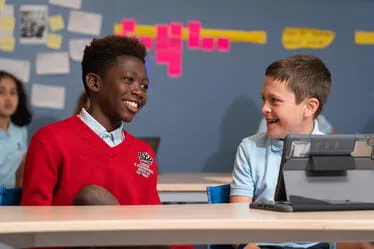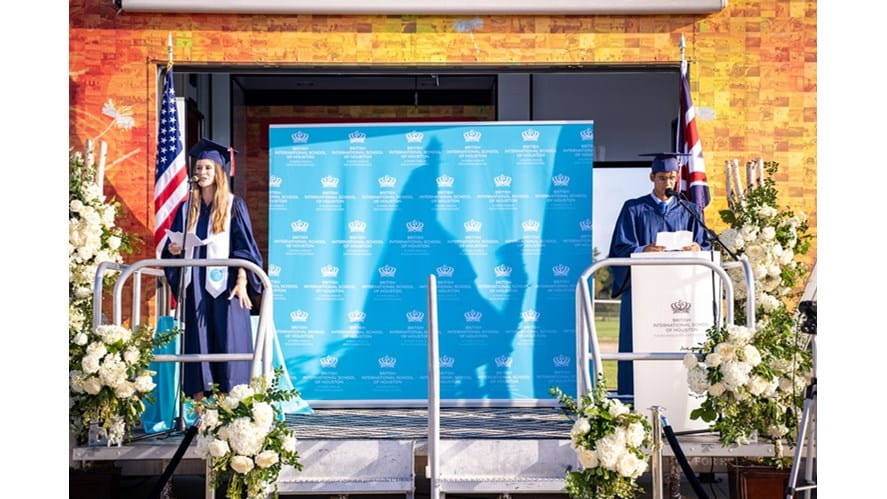“Dying plants are sad nature” In our team meeting this week the teachers reflected on and discussed the possibilities afforded by our outdoor space. There seems to be a strong pull towards working outside from the adults and the children.
The outside is a beautiful context for exploration and provides a rich context for discovering children’s schemas and interests. Often away from the indoor learning environment, children can reveal their true selves and adults can observe and discover children’s fascinations. Adults too can often have a sense of freedom and fresh thinking can be liberated. Notably, when I am challenged to identify personal childhood creative experiences, most of my examples are located in outdoor environments, such as digging and planting with my dad, washing dolls clothes in a bucket in the garden or making mud pies.
As a team, we all agreed that there are so many benefits to being outside. Some of the reasons given included,
·a chance for greater freedom, making more noise and larger movements
·playing freely with natural materials
·learning about creatures and plants
·following the seasons, changes in growth, flowers, leaves, temperature
·experiencing the weather (Melissa in EY2, explained “I love to play with my mum and dad outside. I go in the puddle and play in the rain. At school, I can play in the puddle and I like the rain.”
·physically developing skills
·becoming self-confident and self-sufficient, using their initiative
·playing and exploring
·observation skills and noticing changes
·a rich context for role play
·using their imagination
·opportunities to express emotions
·meeting the need for risky freedom
·a space just to be
·experiencing things that only happen outside
·an essential environment for learning and teaching
We took a look at our outdoor space with fresh eyes and considered the availability of nature. What can we offer the children so that they can more easily make connections and engage with nature?
I love to begin with the children so I invited them to respond to the question, ‘What are your ideas about nature?’ Some children explained their theories of what nature is:
“A beach.”
“A forest because nature is kind of like a forest.”
“Treasure.”
“A garden.”
“Planting garden seeds and flower seeds. I got some seeds in my stocking from father Christmas
“Frogs and butterflies.”
“Like planting seeds and watering them and making fruits.”
“Sharks, I love sharks. Shark eats fishes and other animals. A shark has teeth, sharp ones.”
When I asked, if they thought we had nature at school, these were some of the responses,
“Yes. The planting bit over there and you can plant them in the grass. You can play pick flowers out there.”
“There are the small snails. We could build something from blocks like a house for the snails and the slimy creatures.”
“Yes, the dying plants is sad nature.”
Holly and Juliette went on to explain in more detail, with words and pictures, their ideas about nature, school and people;
“I’m drawing dying flowers. Dying plants are sad nature. We need to plant some more. I could bring my seeds to school and they would be beautiful flowers. I’m climbing on the log and walking on it and trying to balance. I would like a wobbly log for a beam, a long wobbly one to see if we can balance on it until the end. And a wooden bench. I love logs.”
“The outside planters. I like it because I like flowers. The plants from outside, some flowers. So, they can grow bigger and bigger and bigger. And apple trees. The apple tree is like a tree with apples on it. I would like apple trees but we don’t have any. It only has two apples because maybe they keep on falling. Queens can come and see nature. They think it’s beautiful. Maybe they might like some outside time because they haven’t been outside for a long time. Outside you can get hot and cold. This is my family, my dad, my sister, me, my mum and my brother next to my mum, outside. Nature looks pretty, the flowers. The queen is walking to nature.”
Olivia added her idea…
“Yes, outside. The playground. It’s a tree. There’s leaves and petals and the trunk. Here’s the scooters and the bikes. I would love trees in the playground. So, we could have a tree house. I like riding on bikes outside. I like to go fast and feel the wind in my face. The footprint, nature monster.”
It seems that children are able to look at the world in wonder. Being outside seems to be necessary. Even simple elements like rain and snow can be magical; or a tiny seed that transforms into magnificent flower; or a caterpillar that metamorphosises into a butterfly.
I love this quote from Sarah Olmstead (2012) which connects facets that childhood is constructed from – nature, imagination and play.
“Nature teaches us how the world works. Imagination teaches us how to dream. Play teaches us how to make our dreams real.”
Over the next few months the children will be embarking on projects to develop, investigate and explore the outside spaces and the magic of nature. If you have any ideas about encouraging nature into our outside spaces, we would love to hear about them.
Nature is mysterious, exciting, full of adventure and almost inexplicably alluring. Nature is important to children, and anyone. Nature teaches us how to fall in love with the world.







